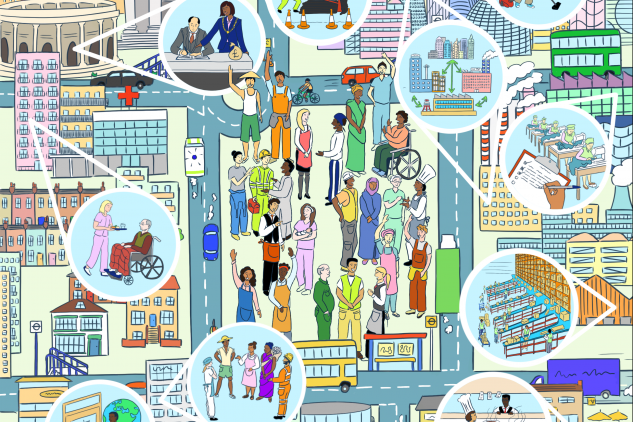
Seeing Through Transparency: FLEX animation on preventing labour abuse in supply chains
This week, companies, civil society organisations and government representatives are gathering together for the UN Business and Human Rights Forum.
Human rights due diligence, the safeguarding of migrant workers and modern slavery action in supply chains all feature heavily in the programme. Many of these aspects of business and human rights are captured in the new trend for transparency reporting. The UK’s Modern Slavery Act 2015 requires businesses with a turnover of £36 million or more to publish an annual report on what, if anything, they are doing to tackle slavery in their operations and supply chains. Similar legislation has been enacted in California, France and the Netherlands and many more countries are likely to introduce permutations on this ‘transparency in supply chain’ disclosure theme in the coming couple of years.
Transparency is not a solution by itself to labour exploitation
Whilst transparency requirements can be beneficial for ensuring board-level awareness of an issue and helping those lower down in supply chains to understand to whom they are supplying, it is not a solution alone. If we are to truly tackle labour abuses, from lower level violations such as wage theft to the worst forms such as slavery, we must recognise that transparency is a means not an end. It can identify risk factors and blind spots, but it does not solve labour abuses or exploitation by itself. Instead, it must be viewed as part of a larger corporate accountability framework. Different mechanisms within that framework will ensure that meaningful change happens for workers on the ground, beyond mere corporate-level awareness-raising or report-writing.
Our animated action plan for tackling exploitation in corporate supply chains
Our recent report and accompanying blueprint, Seeing Through Transparency, explored the need for this corporate accountability framework and identified 10 steps needed. The animation below explains these steps which, together, ensure corporate action against exploitation works well for workers themselves.
